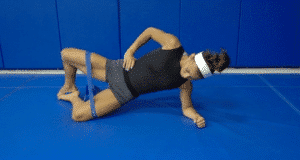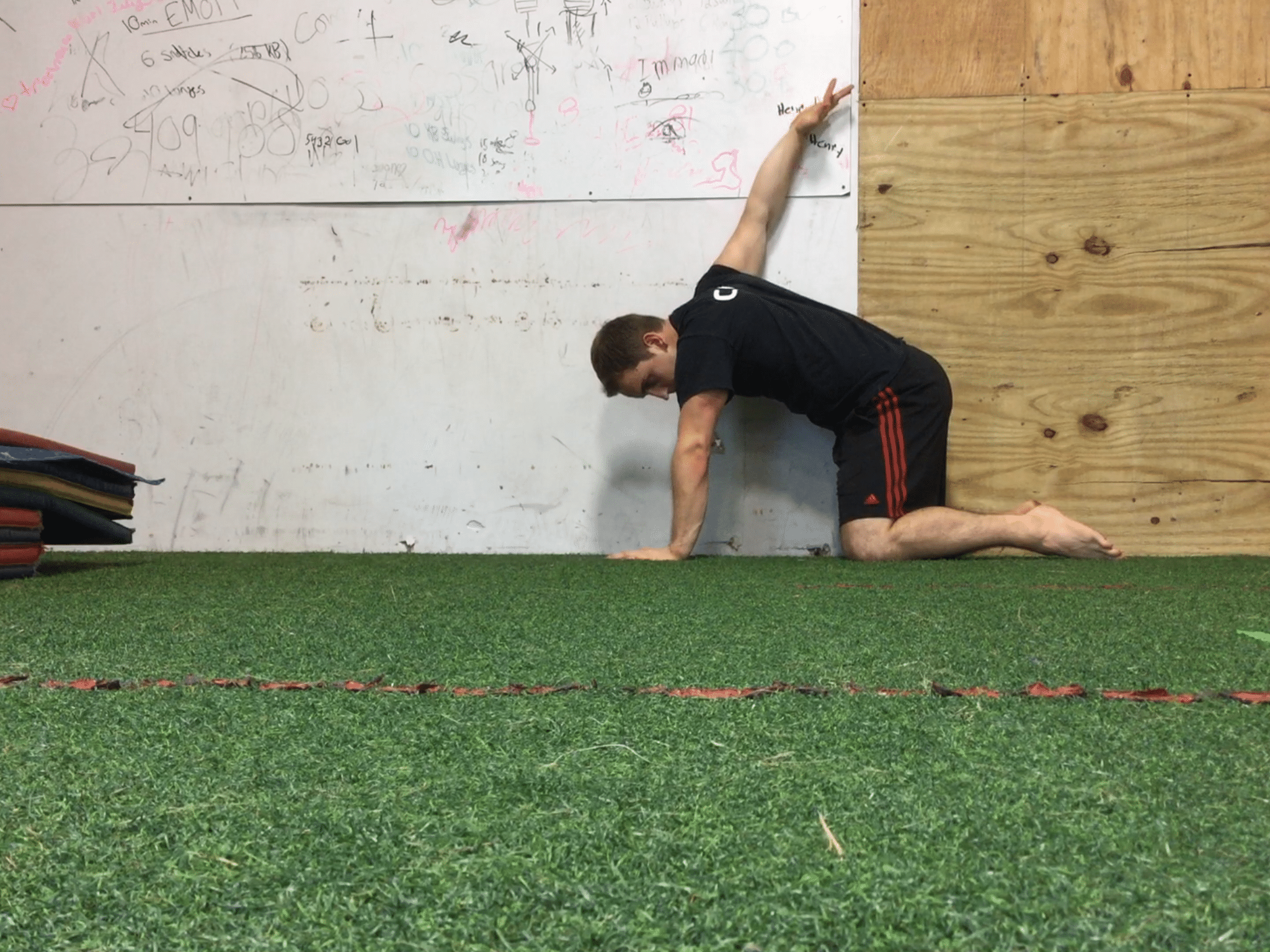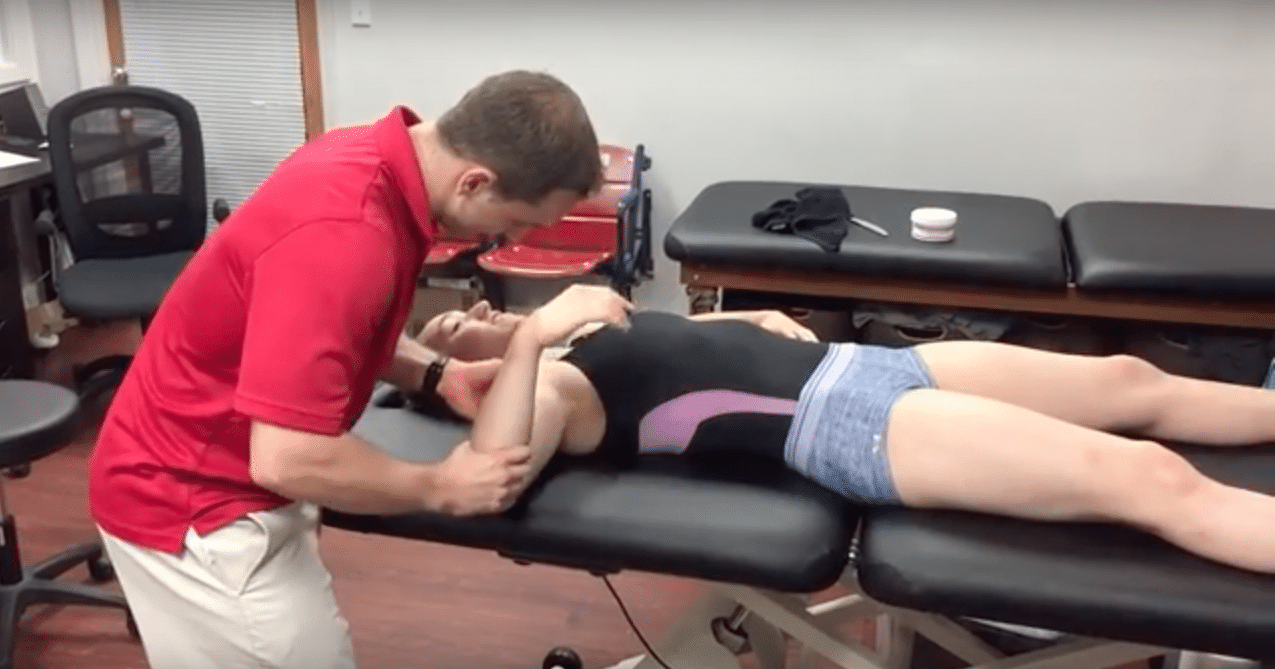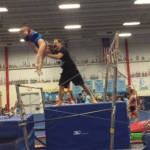Combatting Wrist Injuries in Men’s Gymnastics: 5 Tips For Training
Wrist pain and wrist injuries are unfortunately a huge issue in men’s gymnastics. I personally suffered from a lot of wrist pain towards the end of my career, along with many of my teammates. In the last six months or so I have treated 5 male gymnasts with a variety of issues, ranging from less severe strains all the way up to stress fractures and ligament damage. Although much of this also applies to the female athletes as well, I wanted to write a post more specifically for the male athletes.
Prior to reading, if you are looking on ways to prevent gymnastics injuries (especially shoulder and wrist for male athletes) be sure to download my free Gymnastics Pre-Hab Guide
Download SHIFT's Free Gymnastics Pre-Hab Guide


Table of Contents
Daily soft tissue and activation exercises
Specific 2x/week Circuits for Male and Female Gymnasts
Descriptions, Exercise Videos, and Downloadable Checklists

Here are 5 tips for my fellow male gymnasts out there to hopefully help make a dent in the high injury rates.
1. Regularly Screen Weight Bearing Wrist Extension
Due to the nature of gymnastics, male athletes constantly use their grip all the time. The high volume of grip work for high bar, parallel bars, and rings, can add up quickly. If the athlete grips all the time and their forearm flexor/pronator musculature becomes excessively stiff, it they can quickly lose their wrist mobility into extension. This motion of extension is the opposite of griping/flexing of the wrist and fingers. It is needed for ideal handstands, upper bar parallel bar work, and support work of pommels. Although there is not great research to reference, the clients with wrist pain I have seen seem to show a significant loss of wrist extension mobility.
For this reason, it’s crucial that male coaches and athletes regularly screen for losses of motion. Using a box or wall as a marker, have the athlete place their palm flat about 4″ away. Then while keeping their hand still lean over their wrist as far as possible. I feel we should see greater than 100 degrees of an angle, without and pinching pain.

2. Maintain Soft Tissue Quality in Forearms
To maintain wrist mobility, athletes should do regular soft tissue work to their forearms. If an athlete is screened and either shows a loss of motion or it feels stiff, they should try doing some soft tissue work with a lacrosse ball before practice every day. We need to also be on the look out for “pinch” type pain in the front of their wrists during training or the mobility screen. If this occurs, I highly recommend the athlete seek out medical care, adjust their practices to let things calm down, and get to the true root cause of their issues. It may not be what the athlete or coach wants to hear, but wrist issues can very quickly snowball into serious stress fractures, ligament, or cartilage tears. These injuries can be months of time off, and no one wants this. Here is a video that shows some soft tissue work to the forearms that I have a lot of athletes do daily.
3. Carefully Consider Work : Rest Ratios
This is another tough area to discuss and also practically implement for gymnastics. Growing up in the sport for many years, I fully understand the amount of time and work it takes to master pommel horse and parallel bar skills. With this said, we have to be very aware of the crazy force that goes through a young male gymnasts wrists. Within a practice, week, month, and year the number of reps a wrist takes in male gymnastics is staggering. In a young athlete who has open growth plates, this can very quickly stir up an injury. I often discuss carefully tracking landing impacts and hyper extension skills for women’s gymnastics, and I think the exact same principle applies for male gymnastics. Even the best pre-hab program for screening, soft tissue work, and strength drills can be derailed if the amount of work is too high compared to amount of rest or offloading. Consider rotating support event days, taking event days off for more technical refinement, and trying to mix up practice to not overload the wrist joints of male gymnasts.
4. Maintain Overhead Mobility
This goes for all of gymnastics, but any loss in overhead mobility may lead to excessive wrist overload during training. Specifically for tumbling and handstand skills, losses of overhead mobility may cause compensatory hyper extension of the wrist. In a joint that already being pushed into end ranges, we want to avoid excessive motion being forced under the load of someones body weight. A few months ago I wrote this article on preventing male shoulder injuries that has lots of info within it, but here is a short video with a few drills to try.
5. Progressively Build Compressive Wrist Strength Over Time
I think that one way to make a notable dent in the risk of overload injuries in male gymnasts is by embracing external loading during strength. The use of weight for strength in gymnastics comes with lots of misunderstanding and myths (read more in an article here). Simply put, the wrists, elbows, and shoulders are not inherently built to bear load like our legs are. Many drills and progressive skills do help bridge this gap and create increased load bearing capacity, but I still think even those can be too much. Progressive overload through strength and conditioning programs can theoretically help bridge this gap, and increase the wrist joints tolerance to loading. Personally, I think kettle bells are a fantastic tool gymnastics should embrace, especially the mens side. With proper coaching, technique, programming, and supervision I feel gymnastics can see huge benefit from the use of external loading during strength.
So that is all for now, hopefully people can take away some useful information to use with their male athletes. Best of luck!
– Dave Tilley, DPT








